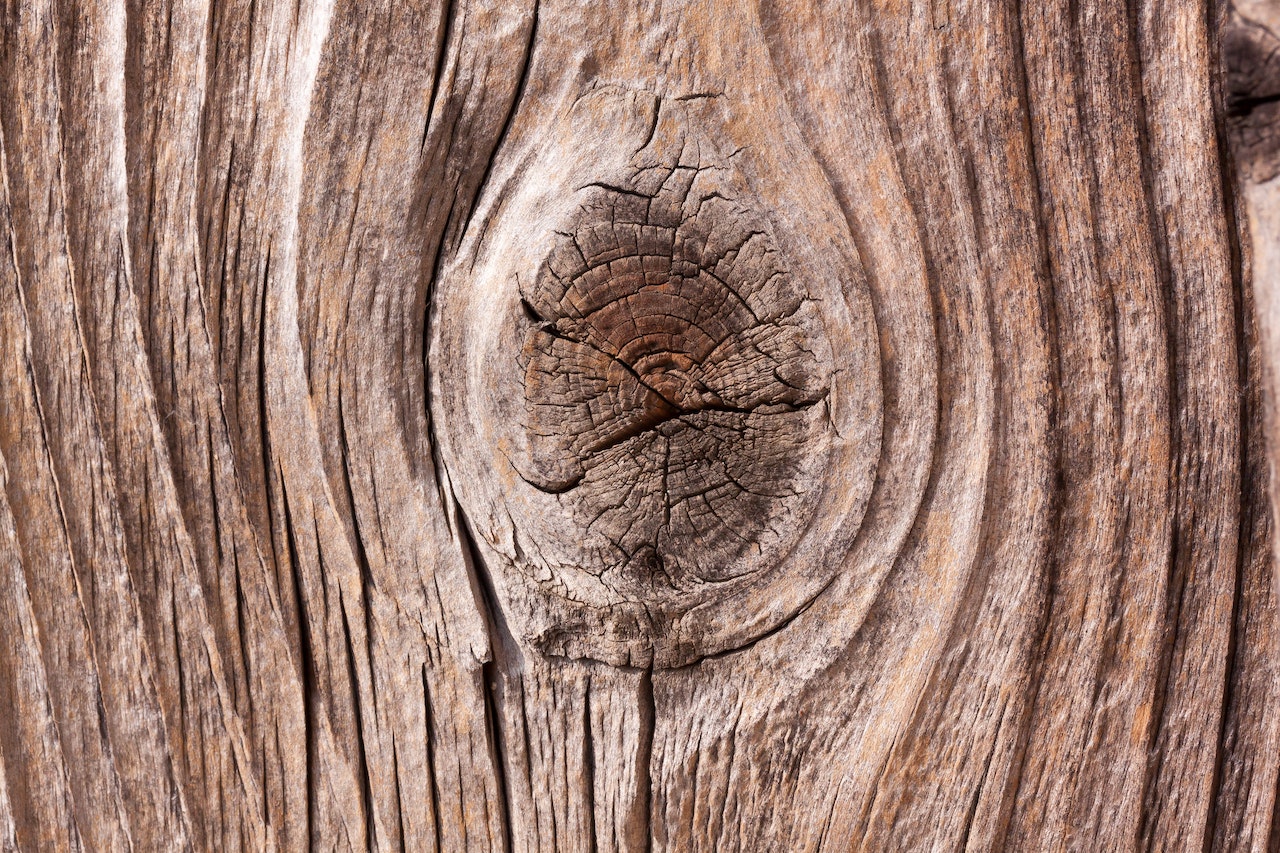What to Look for in Oak Timber for Sale
Oak timber can be a great form of lumbar to work with. It’s relatively inexpensive, fairly easy to work with, and looks great when it’s used properly. It’s also incredibly strong and durable.
However, even the best woodworker needs to start with a decent piece of wood if they want to experience the best results.
Oak is typically pretty easy to find, but not all sources cut it properly or pay good attention to the quality of the wood they’re distributing to customers. That means you probably shouldn’t just walk in and grab the first piece you see unless you have a trusted supplier.
Let’s go over the qualities of a good piece of Oak timber.
1: Grain Quality
For the best piece of Oak, you’re going to want to find boards that have the grain running straight from one end to the other. It shouldn’t veer off like it’s trying to run off the board, and shouldn’t twist or angle at all. This will be wood that is uniformly easy to work with, and it will keep you from having to work around certain spots to avoid tear outs or breaks.
However, it’s also important to note that the grain isn’t as important for some projects. If you’re just screwing boards together for an easy compost bin, or you’re cutting the boards into smaller pieces for artistic projects, you can get away with using wonky-grained wood.
We do recommend avoiding wood with odd grain patterns if you’re not experienced, though. Having full boards that behave the same from end to end will make the learning process important.
2: Treatment
Lumber is treated before it’s put on the sales floor. It’s typically dried in a large oven to age it without waiting for years and to avoid giving customers green wood, and it usually has chemical treatments applied to protect the wood in storage.
You want to make sure these treatments were done properly.
Two things to look for are extreme discoloration in specific spots, and cracks in the ends of the wood. Wood shrinks as it dries, and if the distributor dries it too quickly, it can develop horrible cracks that aren’t acceptable unless you’re doing toss-together projects.
3: Warping
When exposed to moisture, wood warps. Doors, boards, fence posts, and more all show these signs of warping in ways you’ve probably seen before.
Now, you can’t avoid warping your entire life. Eventually, you’ll check out an old project to find a warped board or two. However, you shouldn’t pay for the wood like that right off the bat. Make sure the boards are straight before you purchase them. Even little warps can cause problems because your cuts will be off even if you’re setting your machinery up properly.
4: Price
Finally, you need to look at the price. Wood prices are climbing everywhere in recent years for economic reasons, but wood is still falling into the same price ranges as it has for years. Oak shouldn’t cost as much as Mahogany or Teak, but if it’s as cheap as knotty alder, you should suspect something to be wrong with it.
If you look for Oak timber for sale from trustworthy sources, none of these things are problems, though.

